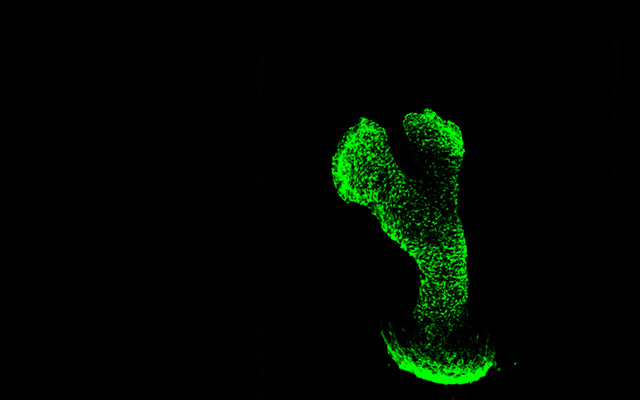Research Progress on the CBASS System
YIN Sen, GAO Ang*
Over hundreds of millions of years, bacteriophages and bacteria have engaged in an ongoing“attack-defense-counterattack” battle. Through prolonged co-evolution, bacteriophages have continuously upgradedtheir infection systems to breach bacterial defenses. Meanwhile, bacteria have evolved a series of sophisticated and intricate anti-phage defense systems—also referred to as the “immune system of prokaryotes”—to protect themselves from phage invasion. As a crucial anti-phage defense mechanism in prokaryotes, the CBASS system functions analogously to the cGAS-mediated antiviral immune system in eukaryotes. It operates in an ancient yet widespread form to defend prokaryotes against phage attacks. Upon bacteriophage infection, the oligonucleotide cyclase in the CBASS system receives signals and becomes activated, generating cyclic oligonucleotide signaling molecules. These molecules then activate effector proteins within the CBASS system, triggering their lethal functions to induce host cell death and block phage dissemination. This review introduces the discovery of the CBASS system in prokaryotes, its components and functions, highlights recent research advances, and discusses its potential applications in developing novel antimicrobial strategies and biotechnological tools.




 CN
CN EN
EN